Meet the course manager: Kevin Boxall
Related Articles
Maintaining two spectacular – but constructed differently – golf courses on a site of an English Civil War battle, Tracy Park’s course manager explains how he tackles challenges including drainage, irrigation and woodland management
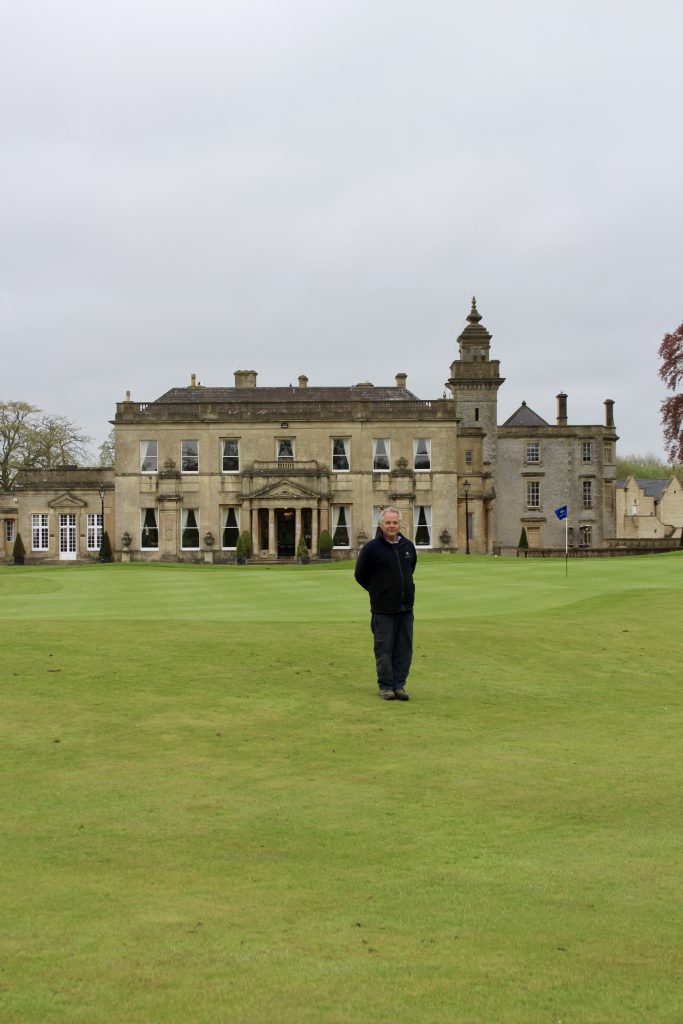
The 360 acres of mature parkland that play host to Tracy Park Hotel and Golf Club in Bristol’s two golf courses, The Crown and The Cromwell, make for a spectacular landscape. The Crown course has been awarded the HSBC Gold Award and is considered one of the toughest tests of parkland golf in the south west of England. The Cromwell course is a perfect combination of old and new, bringing together the best of both worlds. Starting and finishing within mature parkland, overlooking the Georgian Manor House, the course meanders up into the hills to overlook the surrounding Cotswold Hills. Parts of the Cromwell course are set on the battlefields of the Battle of Lansdown, the bloodiest battle in the English Civil War, hence the name of the courses.
GreenKeeping caught up with the club’s course manager, Kevin Boxall, to find out about him – and the work that goes into maintaining these two attractive golf courses.
Please can you give a brief description of your path to greenkeeping. Where did you study, what educational route did you follow, what qualifications do you have and how long have you now been at Tracy Park Hotel and Golf Club?
When I was younger I wanted to become a golf professional and was lucky enough to receive a golf scholarship to an American university in California. I quickly realised that I wasn’t as good as I thought and decided to search for a career that was still within the golfing industry. I work for a couple of summers at a local golf club while on summer holidays and found that I enjoyed the work and it still allowed me time to play golf.
I started my studies at Sparsholt College near Winchester and have also attended Merrist Wood College in Guildford. I have been working at Tracy Park for nearly three years since the company, Kings Resorts, bought it in September 2015.
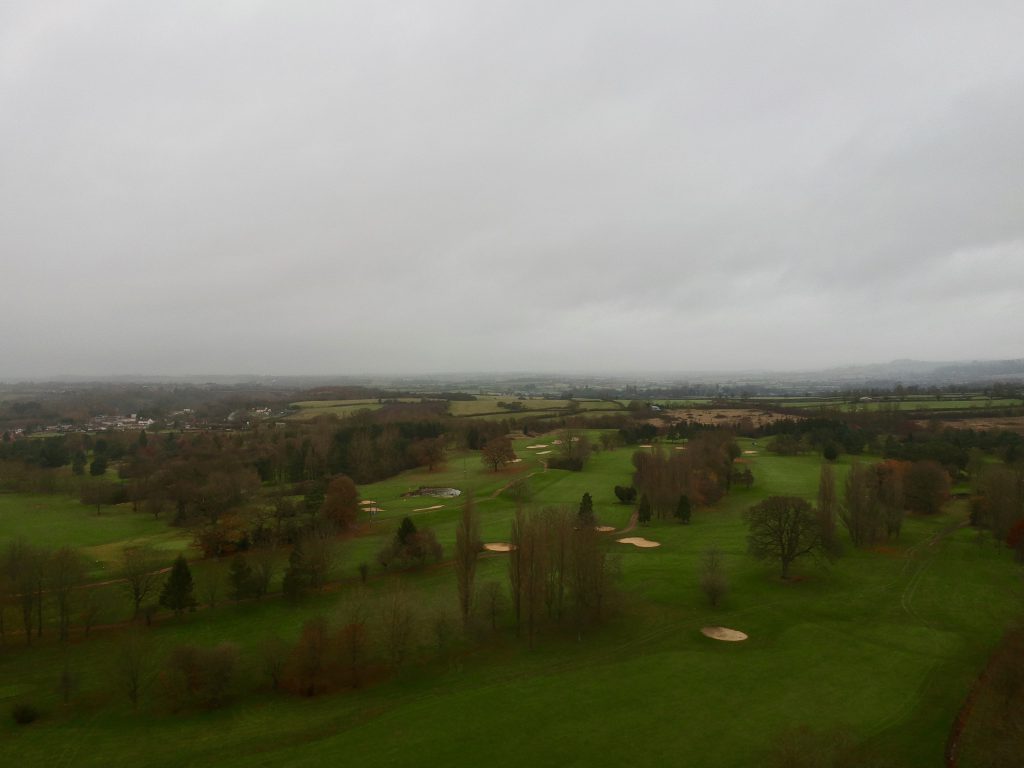
What exactly are you responsible for maintaining, what is the size of your team and how do you maximise the team resources to ensure a high end product is delivered to members and visitors?
I am responsible for maintaining all 360 acres of grounds including all the hotel grounds and golf courses. I have a team of nine guys that includes Jack Hodge (deputy course manager) who has just been nominated by Bridgewater College for ‘Toro Student of the Year’, Chris Dawe (deputy course manager), Greg Dodds (first assistant), Gary Vile (first assistant ) Jay Vile, Ben Young, Steve Drew, Cameron Selway and John Beesley. Time management is key to producing the best possible product. We are very lucky to have owners who want to see Tracy Park become a success and they understand that quality comes at a cost.
What would you say are the biggest challenges you currently face and how does this impact on the daily maintenance?
The biggest challenge for me would have to be the weather. With winters becoming wetter and colder and spring coming much later.
The banning of insecticides will, also, in the long term start to have a negative effect on the quality of turf that we can produce.
As the courses are built on a clay base, what drainage issues are you and the team currently experiencing, how do you currently work around these and what are the plans to improve the drainage of the courses for the future?
Being on a clay base, drainage has been an issue this winter with large parts of the course underwater for several months. We have two courses and have been able to close the lower course this winter due to flooding. Tracy Park will in the near future be looking to improve the drainage on the dryer of the two courses to try to enable me to keep one course open 330-plus days a year.
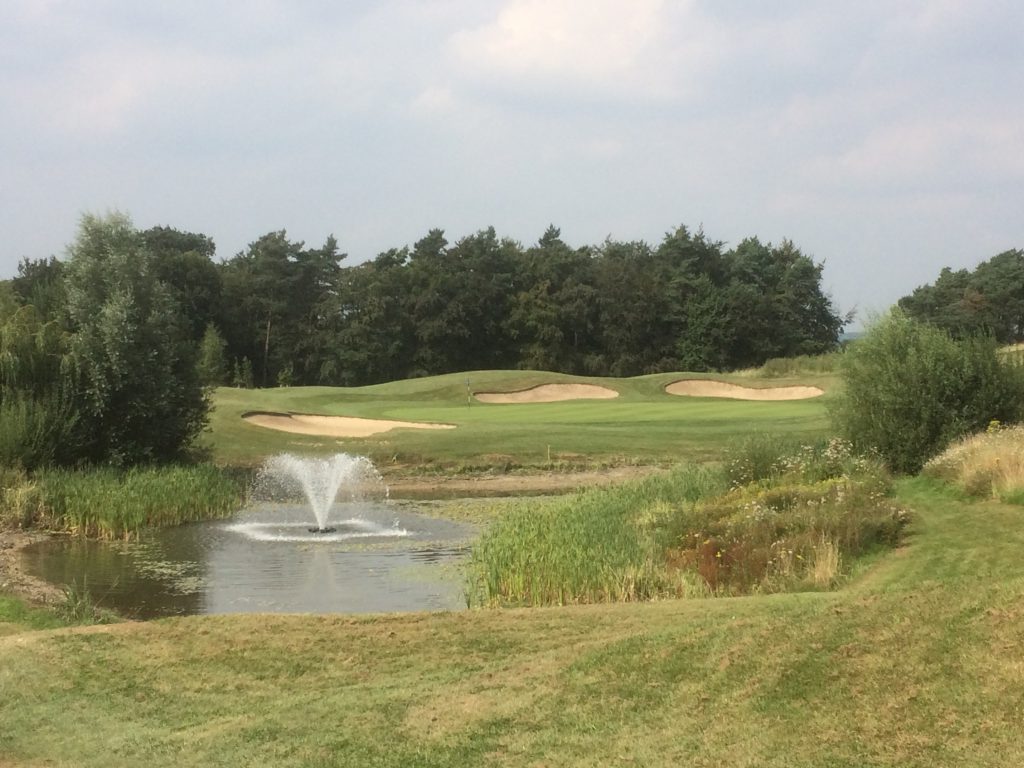
You run a pretty intensive aeration programme across the courses, what equipment and processes do you use on the varying areas, when do you undertake the work and how often do you top dress?
During the winter months we solid tine greens, tees and approaches using different depths and sizes of tines using a Toro ProCore or Wiedenmann. Fairways are tined using either a large Vertidrain or Earthquake machine. In April we will hollow core one course and Graden sand injection the other. Then again in August we will swap over so each course is hollow cored and deep scarified I am given a two-week window to complete these operations. During the main playing season, I try to tine greens every six weeks when weather and ground conditions allow. Top dressing is applied at a heavy rate during spring and summer renovation and a few light dressings during the season.
You’ve recently installed a new irrigation system across the two courses. What goals were you looking to achieve that determined the criteria of the design and specification of the system?
We were looking for a system that would give me complete control, full coverage of greens, tees and approaches, and be economical to run.
We needed a system that would deliver high pressure at the highest point on the course and be affordable.
How closely did you work with Topturf Irrigation to achieve the desired system; how did you benefit from working in a partnership and what brands did you decide to invest in and why?
I worked very closely with Topturf during the design stages so that they knew what I was looking for. They offered me suggestions on products and brands and information on what would best suit my requirements. I decided to go with a Toro control system and heads. Topturf worked out all the pipe sizes and pump configuration to give me the best possible pressure at our highest point. Toro has a very good reputation in greenkeeping for providing track proven equipment that works.
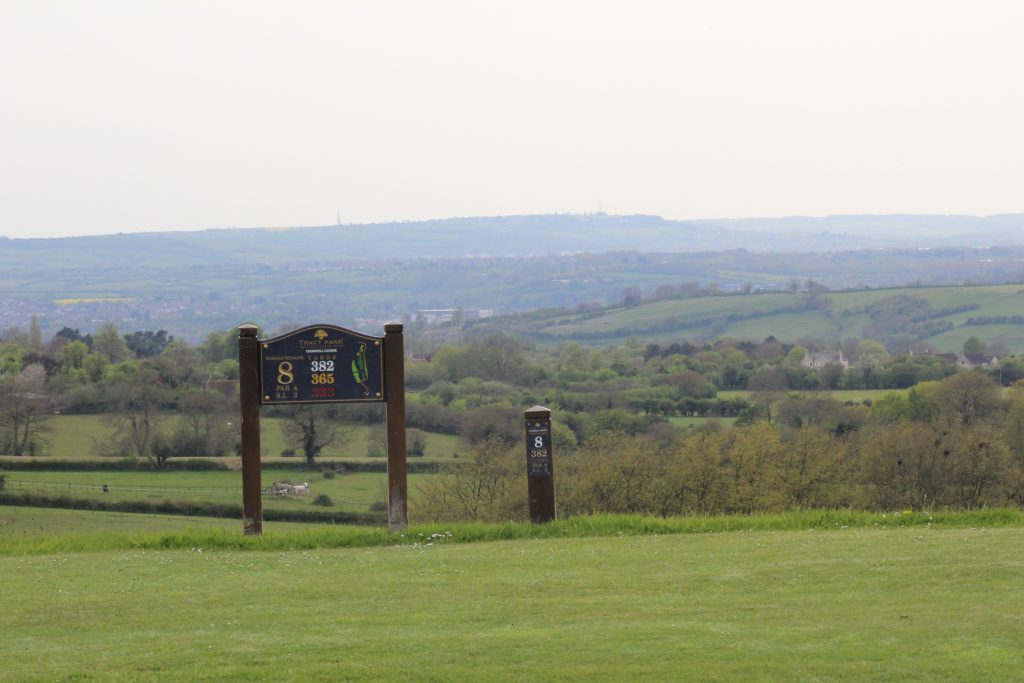
What were the reasons you chose Topturf Irrigation for the installation and how do you see the system benefitting the course for now and its future growth?
We decided to use Topturf due to my past experiences with them when I worked at Old Thorns Golf and Country Estate. Plus, the cost difference between them and the next best was nearly £100,000. The new system should take us into the next decade without any major issues or concerns. Topturf also provide me with a year service contract plus a two-year guarantee on all works carried out.
There are a good number of bunkers across the courses. What condition are they currently in, what plans, if any, do you have to renovate them and what products would you look to achieve your desired outcome?
The bunkering at Tracy Park is in a poor condition, due to poor construction and incorrect sand being used in the past. If funding allows in the near future we hope to refurbish all the bunkers installing drainage, tarmac bunker liners and new more suitable sand. This has been completed at our sister course Chart Hills in Kent with great success.
What machinery fleet are you currently using, are there any pieces that you are impressed with or make life a good deal easier at this time of year?
I have a mixed fleet of equipment with John Deere larger equipment including rough, semi and fairway mowers and Toro small equipment including four Toro 3250s. The John Deere 8800 is probably my most impressive piece of equipment as its has so many uses including semi rough and tee banks and produces an excellent finish.
You’ve been working closely with the local council to implement a wood maintenance programme. Can you tell us how this came about, what experiences you have had and what plans have been set in stone moving forward?
When Tracy Park was purchased, a blanket tree preservation order was in force on the entire site to protect the history and heritage of the site. I have had to work very closely with South Gloucestershire tree officer Simon Penfold who has helped me draw up a woodland management plan that would protect and enhance the beautiful trees on the site but still allow me the ability to improve the surface of the course.
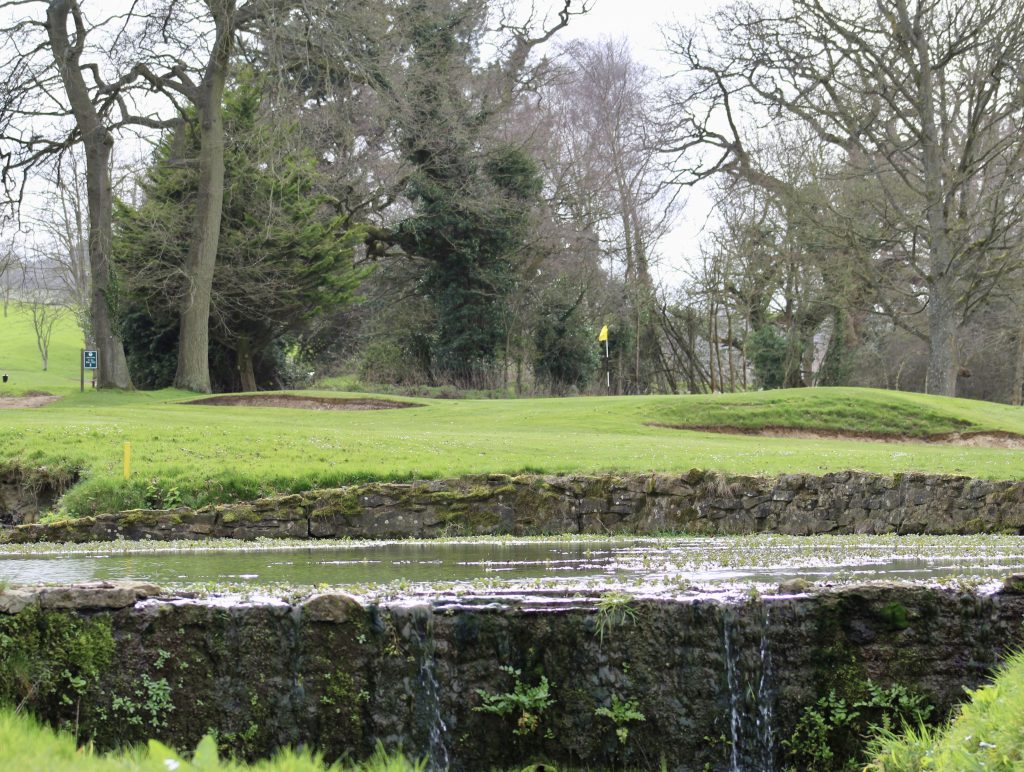
What do you think are the strengths that have carried you through your career and current position at Tracy Park and what are your goals for the two courses?
My strengths would be a good work ethic and my passion for golf. I am a great believer in training and developing staff as I am only as good as the staff that work for me.
My goals for the golf courses is to watch them improve year on year and to receive positive feedback from members and guests.
What height of cut do you use across the course?
Greens: 2.5mm to 3.5 mm summer and 4-5mm winter; 46 hours per week; tees: 10mm summer and 12mm winter; 36 hours per week; fairways: 15mm summer and 18mm winter; 40 hours per week; and rough: 62mm summer; 80 hours per week.
Training and education are key to developing a good team, what do you do to ensure the club is investing in raising the standard of practice and performance of the greenkeeping team?
I try to ensure that every member of my team attends at least one training course per year which would include NVQs, spraying qualifications and chainsaw operation.
We have a very good training system for the group which includes apprenticeship schemes for greenkeepers using local training providers.
We have access to online platforms for staff development training.
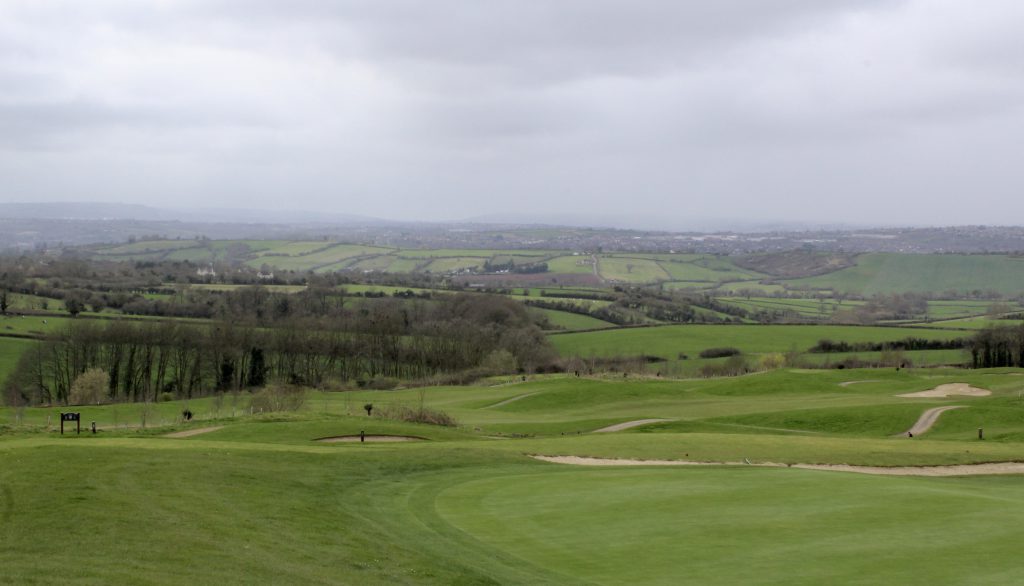
What fertiliser programme do you run across the two courses and what products are you using?
We try to achieve between 90 and 110kg of nitrogen depending on the course.
One of my courses is USGA spec and the other is traditional push up construction. Each has its own challenges when it comes to fertiliser products.
We use Collier Turf Care as our main supplier for all our fertiliser and chemicals.
The pressures on the course manager to deliver a better product are growing year on year and the level of professionalism is rising with this. What do you think are the qualities now needed to meet the requirements and demands of golfers by someone in your position and how does this help contribute to the business of golf?
Understanding what members and guests want is probably the most important factor. Producing a quality product that is fair for your average golfer and a joy to play. To be a good course manager it’s important to balance the needs of the customer with the needs of the course.
What gives you the greatest satisfaction from your job?
I get the greatest satisfaction from members and guests saying how good the courses play and looks. We have over the last three years made significant improvements to all areas of the courses and, with further investment, Tracy Park will become a wonderful destination for visitors and members alike. I feel proud of what my team has produced over the last three years and I’m looking forward to see it continue to improve over the coming years.
With your experience, what advice would you give to youngsters starting out and wanting to pursue a career in the profession?
Listen to what older staff have to say; not everything is text book and experience can tell you a different story. If training is offered by your company, utilise everything they have to offer even if at the time you don’t think it’s relevant.
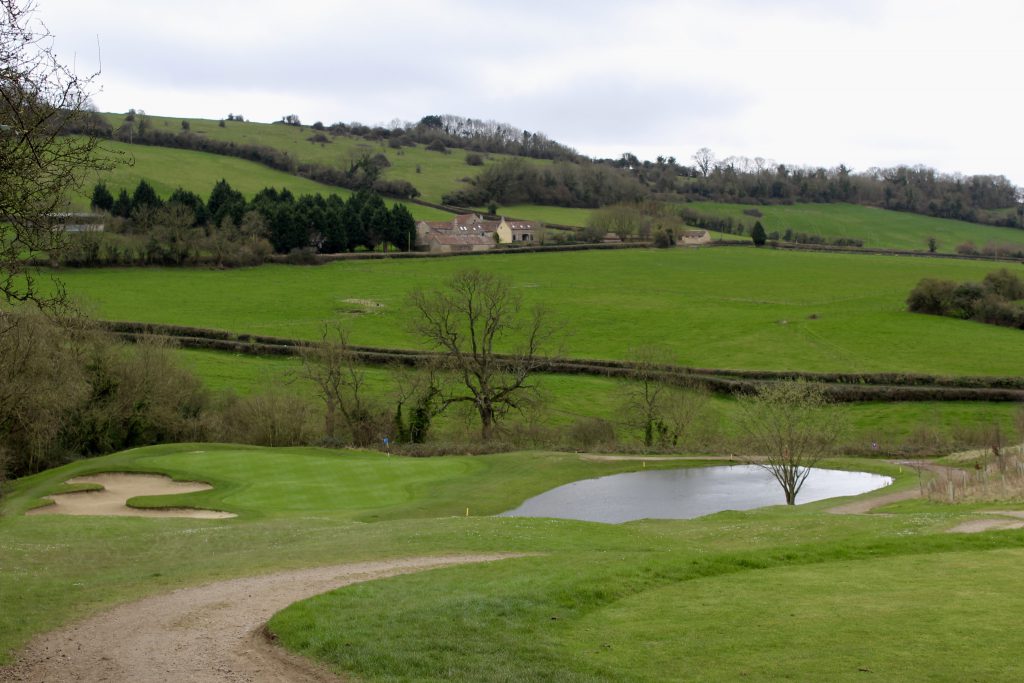
What changes do you think need to be made to benefit the industry sector and profession of the greenkeeper?
We are very lucky at Tracy Park as we are treated as professionals and are trusted by senior management to do what is required to develop and grow the business. I think that education needs to be improved with more classroom learning rather than in the work place.

























